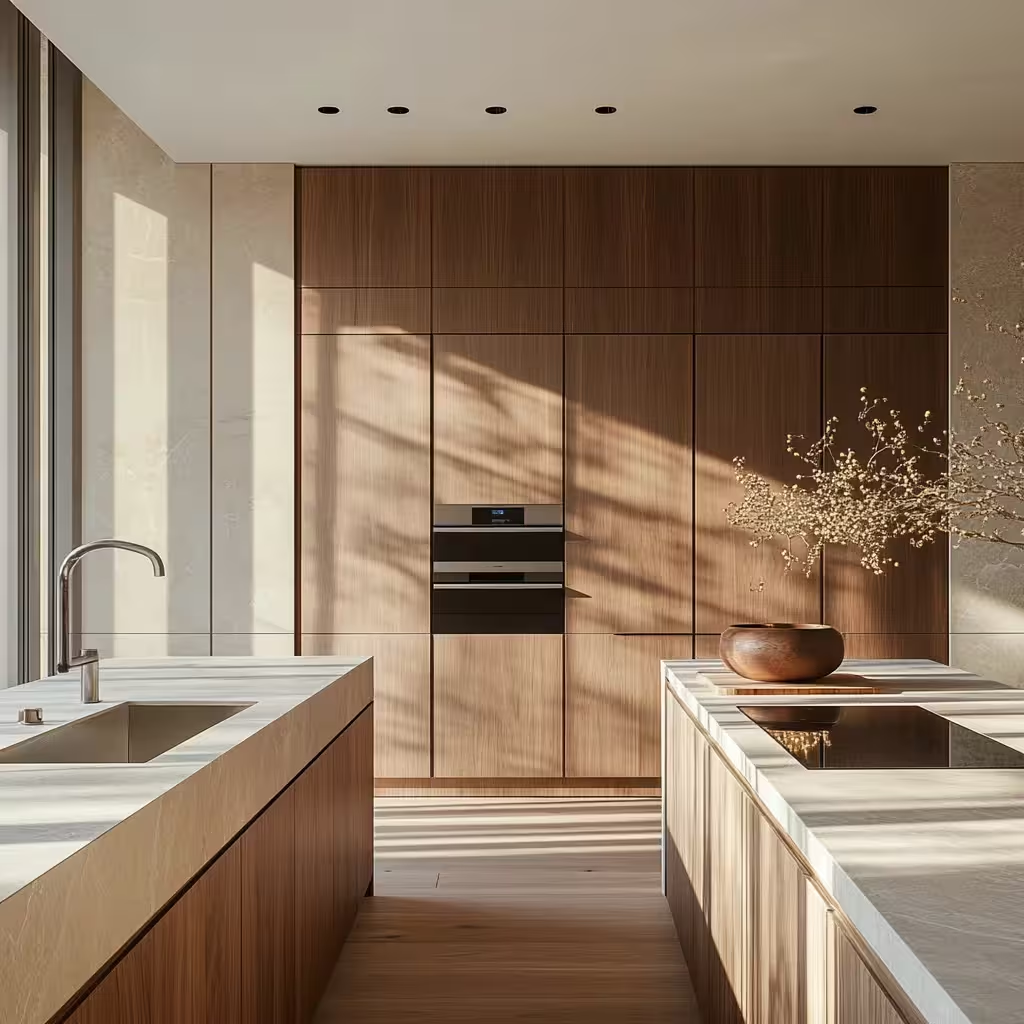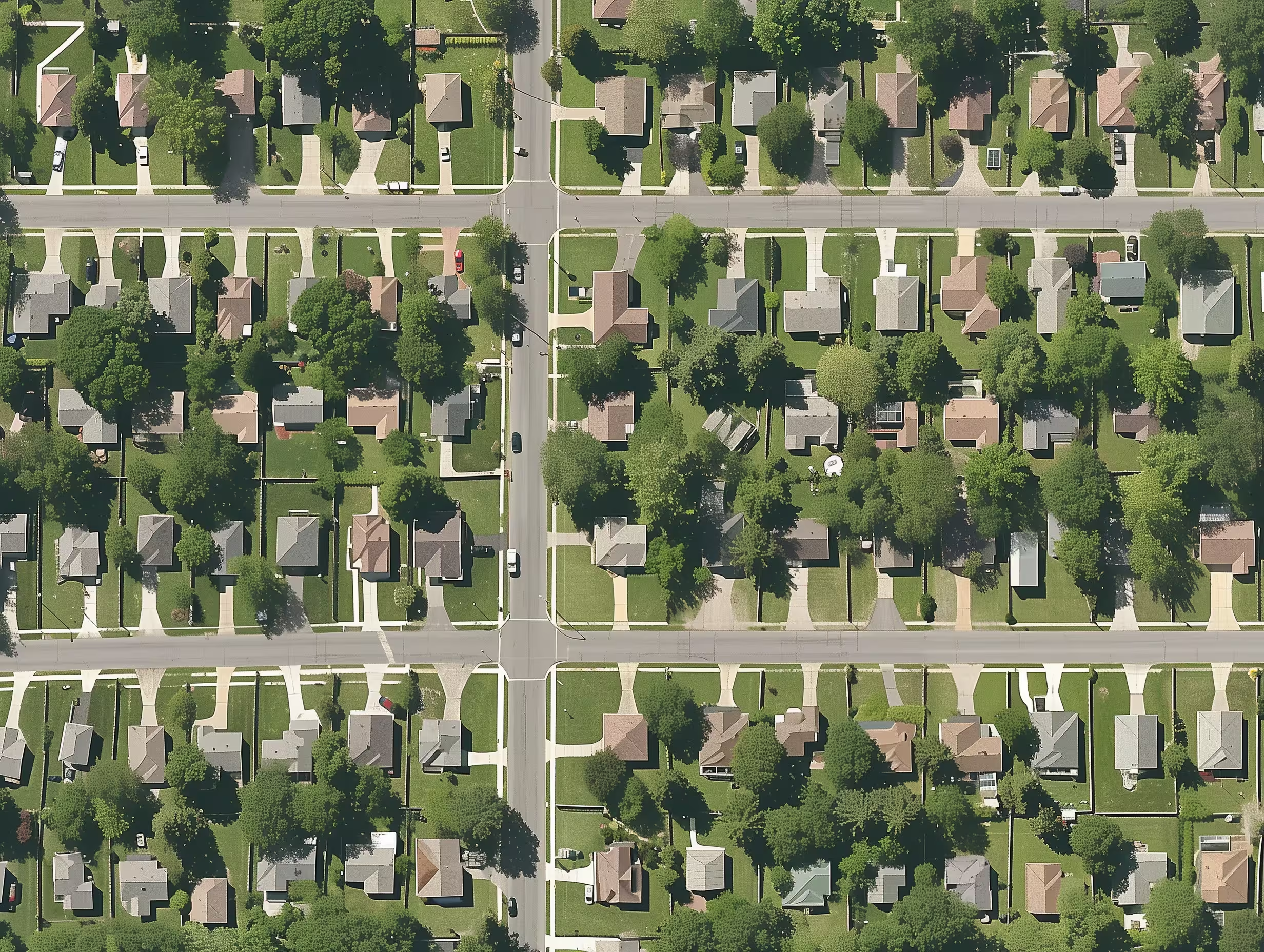In this article, we explore Type 2 vs. Type 5 construction and why Type 2 (non-combustible) construction is urgently needed to protect our communities from future fires. We’ll break down the differences in simple terms and explain how embracing fire-resistant building methods – especially through modular construction – can save homes, businesses, and lives.
Understanding Construction Types: What Are Type 2 and Type 5?
In building codes, structures are classified by construction type, which indicates the materials used and their fire resistance. Type 5 construction is the most common for houses and small buildings – it’s basically standard wood-framed construction. These are the typical homes built with wood studs, plywood, and other combustible materials. Type 5 buildings can be affordable and quick to put up, but every part of the structure (walls, floors, roof) is made of wood or other materials that will burn. In fact, Type 5 is the least fire-resistant category: a wood-framed house has little inherent protection against fire.
By contrast, Type 2 construction is a step up in fire resilience. Type 2 is classified as non-combustible construction. This means the structural parts of the building – like the frame, walls, floors, and roof – are made from non-flammable materials such as steel or concrete. For example, a building with a steel frame and metal or concrete walls would be Type 2. These materials do not ignite or burn in a fire, which significantly slows down the spread of flames. While Type 2 construction might not have all the heavy fireproof coatings of the highest fire-resistive buildings (Type 1, used in high-rises), it still offers much better fire resistance than wood construction. In short, Type 5 = wood construction (combustible), and Type 2 = steel/concrete construction (non-combustible).
The Wildfire Threat to Wood Buildings
Why does this matter for everyday homes and businesses? Because a structure built primarily of wood is at high risk in a fire event – especially wildfires. We’ve seen devastating examples in recent years of wildfires sweeping through communities and destroying hundreds or thousands of wood-framed houses in a matter of hours. Wood walls and trusses catch fire easily when exposed to embers and high heat. Once a fire starts in a Type 5 building, it can engulf the structure very quickly. Firefighters often warn that a wood home can collapse within minutes of intense fire exposure. This isn’t just a wildfire issue; even an electrical fire or kitchen accident in a wood-frame house can spread rapidly through walls and floors that are all made of combustible lumber.
Our communities in fire-prone areas (and really anywhere) face a stark reality: if we continue building primarily with wood, we risk major losses when fires occur. As climate change leads to hotter, drier conditions in many regions, the frequency and intensity of wildfires are increasing. Homes and businesses constructed with wood frames, wood siding, and other ignitable materials are simply not up to the challenge of these megafires. Even in urban settings, a fire in one building can leap to adjacent structures if those too are wood-built. The traditional approach of rebuilding the same way after each fire will only perpetuate the cycle of loss.
How Type 2 Construction Improves Fire Safety
Now imagine a neighborhood of buildings constructed with non-combustible materials – steel and concrete structural elements, fire-rated exterior walls, metal roofs, etc. In a wildfire scenario, Type 2 buildings provide a much better chance of survival. Steel doesn’t burst into flames when embers land on it. Concrete walls won’t ignite like wood siding would. There is simply less fuel available in the structure for the fire to consume. This can slow the spread of fire and give firefighters a critical edge in protecting the building. Even if a fire starts nearby, a non-combustible building is more likely to remain standing with potentially repairable damage, rather than being completely reduced to ash.
Type 2 construction can also buy more time for occupants to evacuate safely during a fire. For example, a steel-framed commercial building with fire-rated assemblies might contain a blaze for an hour or more in certain areas, whereas a comparably sized wood building might collapse much sooner. In communities, this increased fire resistance can prevent fires from turning into large conflagrations; one Type 2 building on fire is less likely to ignite the next building, compared to a row of wood structures close together.
To be clear, no building is completely fire-proof – contents inside can still burn, and extreme heat can eventually compromise even steel or concrete. However, using non-combustible construction dramatically increases a structure’s resilience. It’s the difference between a fire that might char the exterior of a building versus one that consumes it entirely. Many commercial and institutional buildings (like schools, hospitals, shopping centers) are already built with Type 2 techniques because of these safety benefits. It’s time to bring the same level of fire safety to residential homes and community buildings that have traditionally been built with wood.

Modular Construction: A Path to More Fire-Resistant Homes
If Type 2 construction is safer, why don’t we see more houses built this way? The answer historically has been cost and convenience – wood-framed homes have been cheaper and faster to build on-site. But this is changing with the rise of modular construction and factory-built housing. Modular construction means building sections of a home (or even the entire structural modules) in a factory and then assembling them on the final site. This method can leverage steel and other non-combustible materials efficiently, without dramatically raising costs or build time.
Modular building factories can easily use steel frames, metal floor systems, and fire-resistant materials in their designs, producing modules that qualify as Type 2 construction. Because the modules are built in a controlled environment with precision, there’s less waste and often lower cost per square foot even when using sturdier materials. For example, a modular manufacturer can produce steel-framed wall panels or modules in bulk, achieving economies of scale that a local on-site crew couldn’t. The result is that we can now create Type 2, fire-resistant homes nearly as affordably and quickly as traditional wood homes.
By choosing modular construction with non-combustible materials, homeowners and developers can dramatically increase the safety of new buildings. This approach is especially compelling in wildfire-prone regions. Imagine rebuilding a fire-devastated town not with the same wooden houses as before, but with modern modular homes made of steel and concrete, all designed with wildfire defense in mind. Those homes would form a much more robust line of defense against the next blaze, potentially preventing another total loss scenario. In fact, this is already happening in some forward-thinking communities – rebuild projects after wildfires have utilized modular, fire-resilient designs to improve survivability.
Beyond wildfire zones, modular Type 2 construction makes sense for durability in general. Non-combustible structures are also resistant to termites, mold, and rot, and usually stand up better to severe weather. It’s a smart investment in the longevity and safety of any home or commercial building. And thanks to off-site construction, adopting these methods no longer means a huge price premium or long build times.
Building a Safer Future – Act Now
Fire-resistant construction isn’t just a technical topic for architects and builders; it’s a pressing issue that affects every homeowner, business owner, and community member. As we look ahead to a future likely to include more extreme fire events, embracing Type 2 construction where possible is a responsible and forward-thinking choice. We have the technology, materials, and methods (like modular building) to make our new homes and buildings far safer than those of the past.
Don’t wait until the next disaster to demand better. Whether you’re planning a new custom home, a commercial development, or a community rebuild, consider specifying non-combustible, modular construction for a resilient result. Fire-proofing our future starts now, one building at a time.
Ready to build safer and smarter? Contact Mandeville Modular today to learn how our fire-resilient modular construction solutions can protect your next project. Let’s work together to safeguard your home or development against tomorrow’s fires while delivering the quality and efficiency you expect.
Get in touch for a consultation or quote, and be part of building a safer community.














